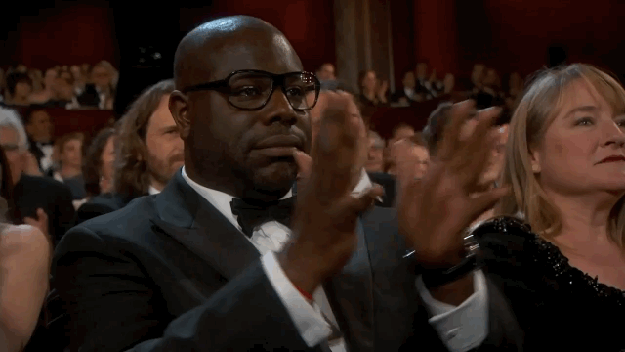The faces of'open source': these are the fathers (and mothers) of free technology
Many evangelists have contributed to the open source revolution of recent years through their work. Linus Torvalds, the father of Linux, or Guido Van Rossum, the creator of Python, are just some of the references in the field of'software' that is improved collaboratively. A libertarian philosophy that has also reached the robotics or the'hardware' of projects such as Adafruit or Arduino. Photographer Peter Adams has portrayed some of these heroes.
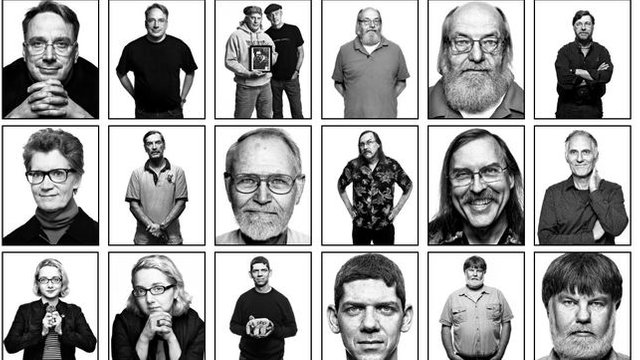
"I consider the golden rule that if I like a program I must share it with other people who like it too [...] In order to continue using computers without violating my principles, I have decided to put together a sufficient set of free software to be able to live without using any non-free software. Richard Stallman wrote those words in a 1983 text. In it, he asked other developers to join his project: a new operating system that users could run, study, modify and distribute without restrictions.
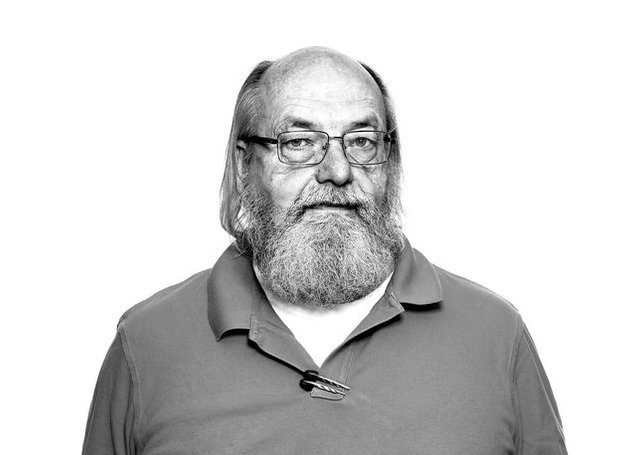
Ken Thompson was one of the fathers of Unix, the predecessor of several operating systems
Stallman left the Artificial Intelligence Lab at the prestigious Massachusetts Institute of Technology (MIT) to make it happen and avoid being prevented from distributing that ambitious operating system. Tambiėn founded the Free Software Foundation, a nonprofit organization that promoted the free software movement. Although the term'free' was confusing, Stallman himself has often repeated that it should be associated with freedom of expression and not with an'open bar'.
A few years after the father of free'software' set out those aims, a young Finn named Linus Torvalds announced the development of a'free operating system','just as a hobby, not as big and professional as GNU'. However, both projects ended up combining: Torvalds himself decided to distribute the Linux kernel under the GNU General Public License. The GNU/Linux operating system was born.
Today, the creator of Linux is considered one of the fathers of open source (a term not yet coined) by allowing his tools to be freely shared and collectively improved. That is why he is also one of the many figures featured in Faces of Open Source, an ambitious project by photographer Peter Adams that shows dozens of unknown faces behind the open technology revolution.
Among them, the fathers of Unix, the operating system that preceded and inspired both Linux and GNU. It was in 1969 when the late Dennis Ritchie and Ken Thompson, two Bell Lab workers, developed the first version of that operating system on a DEC minicomputer. AT&T (the company that owns Bell Systems) could not sell it as it was a telephone company and was forced to distribute the source code.
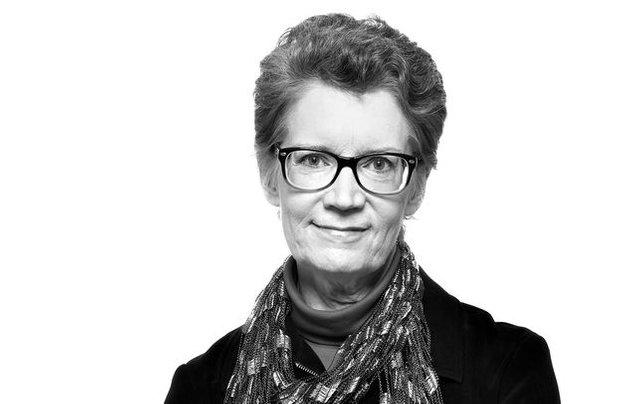
Christine Peterson coined the term open source
Thus, some versions of Unix began to reach universities under a license that allowed researchers to modify and improve it. Over time, however, the operator began to defend its rights to the operating system, which led Stallman to devise GNU (which means precisely "GNU is not Unix").
FROM FREE SOFTWARE TO THE MOTHER OF OPEN SOURCE
In the late 90's, Netscape decided to release the source code of their browser. Brendan Eich, the creator of the JavaScript language, co-founded the project (Mozilla) and was responsible for leading the open source development of the popular browser Firefox that would be born later.
After Netscape's announcement, some advocates of free software decided to come together and coin a new term that would distinguish itself from the "philosophically and politically centered label of free software". In 1998, chemist Christine Peterson proposed one to replace it (open source) at a meeting attended by Eric Raymond. This engineer had written a pioneering essay on the open source movement and co-founded the Open Source Initiative two decades ago.
Richard Stallman acknowledged that this term and free software describe "almost the same category of software" (both are enemies of proprietary software), but to him they differed in values. He wanted to put the focus on freedom: "Open source is a programming methodology, free software is a social movement.
One way or another, the most pragmatic open source movement quickly succeeded. Writer and editor Tim O'Reilly helped popularize the term. To this end, it organized a conference in Palo Alto on this movement based on "the wide distribution of source code to stimulate innovation and increase the quality of software".
It was attended by Linus Torvalds himself or Guido van Rossum, the father of the Python programming language. It was during his holidays in 1989 that this computer scientist began to work to create a language that was simple for quick tasks and which he named after the Monty Python's Flying Circus series of the famous British comedians.
Van Rossum wanted to share Python with other programmers and used a modified license from MIT to get it. Through mailing lists, discussion forums and conferences, the Python community grew rapidly. Because of their work, the members decided to appoint Van Rossum as "benevolent dictator for life".
This programmer always fought to keep his language as open source software. In 2001, he created the Python Software Foundation, a non-profit organization that owns the rights to Python and manages its open source licenses, keeping it independent of companies and governments. He has just received the Fellow Award from the Computer History Museum for his work.
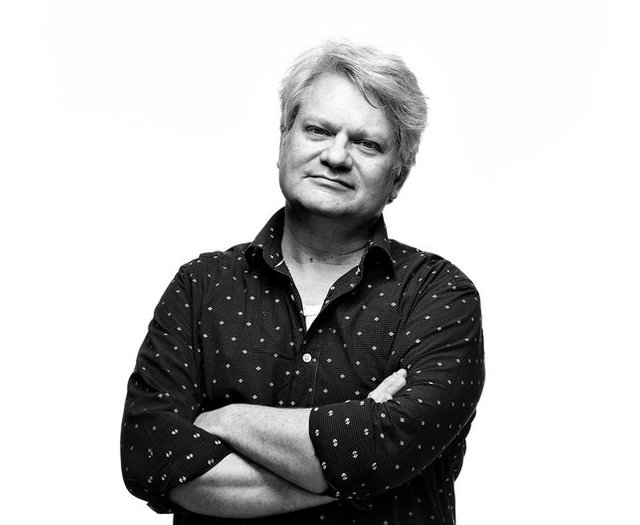
Tom Igoe is the American father of Arduino
THE KINGS OF OPEN SOURCE IN THE 21ST CENTURY
The same year Van Rossum created his foundation, Wikipedia, the free and open encyclopedia, was born. The textual content is under the GNU and Creative Commons licenses, and MediaWiki, the software behind Wikipedia, is also free. That open nature has made Katherine Maher, the current executive director of the Wikimedia Foundation (the non-profit organization that runs Wikipedia), also a member of Faces of Open Source.
Although less well known, free and open source software had already come to image editing by then, as opposed to proprietary alternatives such as Photoshop. In the 1990s, developers Spencer Kimball and Peter Mattis conceived GIMP (GNU Image Manipulation Program, in honor of Stallman) as a class project when they were in college. Today this open source image editor, whose code anyone can see, modify and expand, is still alive.
Another of the open source mothers reflected in that photo project is Helen-Hou Sandi, one of the main developers of the popular content management system (CMS) Wordpress. Launched in 2003, the platform advocates "the democratization of publishing and the freedoms that come from open source". As a result, thousands of programmers have at their disposal the Wordpress source code, which is now on the backstage of millions of websites (according to the platform itself, 30%).
Libertarian philosophy has even reached the realm of robotics. In 2006, a millionaire entrepreneur founded Willow Garage, a laboratory that aspired to be the Xerox PARC of automatons. They signed Eric Berger and Keenan Wyrobek, who had developed open source robotics software at Stanford University, among others. They made it happen in that lab, where they implemented it in the popular PR2 humanoids, who soon began to improve their skills.
Other members who worked on the development of ROS (Robotic Operating System), known as the "Linux of Robotics", are also featured in Faces of Open Source. Among them are Tully Foote, a programmer who now maintains SARs from the Open Source Robotics Foundation, and Melonee Wise, current CEO of Fetch Robotics, a mobile robot company that also makes use of SARs. Both are also parents of TurtleBot, an open source personal robot kit.
Peter Adams, the creator of Faces of Open Source, has also taken into account how the open source revolution has reached the hardware arena in recent years. One of the portraits is the engineer Limor Fried, creator of Adafruit, a platform dedicated to the sale of open source electronic products, many of them developed in the company itself. In his blog and YouTube channel we can find thousands of DIY projects that have become a reference for makers.
"I learned to program with open source software, so it seemed natural to try to apply the same philosophy to my young hardware business," Fried said in an interview. Nicknamed Ladyada (in honour of Ada Lovelace, the first programmer in history), she went from founding Adafruit in her MIT bedroom back in 2005 to turning it into a large company where more than a hundred people worked last year.
The same year Friedman launched Adafruit, two Italians, two Americans and one Spaniard ( David Cuartielles) took another step in the free hardware revolution by founding Arduino. Its inexpensive microcontroller-based boards quickly became popular in the maker community: hardware, software and documentation are free to create and share.
There are many other personalities who have done their bit in the open source revolution, a philosophy that gave a libertarian touch to technology. Although some of them are not very well known, the truth is that thanks to their work today you have on your computer or smartphone many tools created by a large community of programmers who could feed on each other's work to improve their creations.
All images are property of Faces of Open Source/ Peter Adams.
